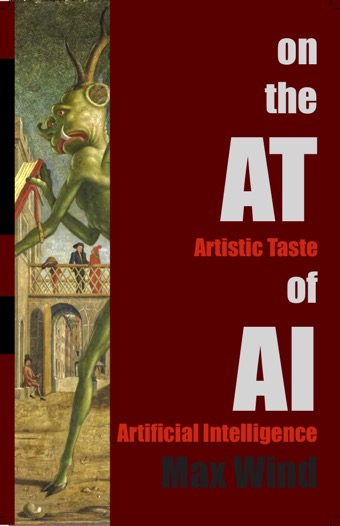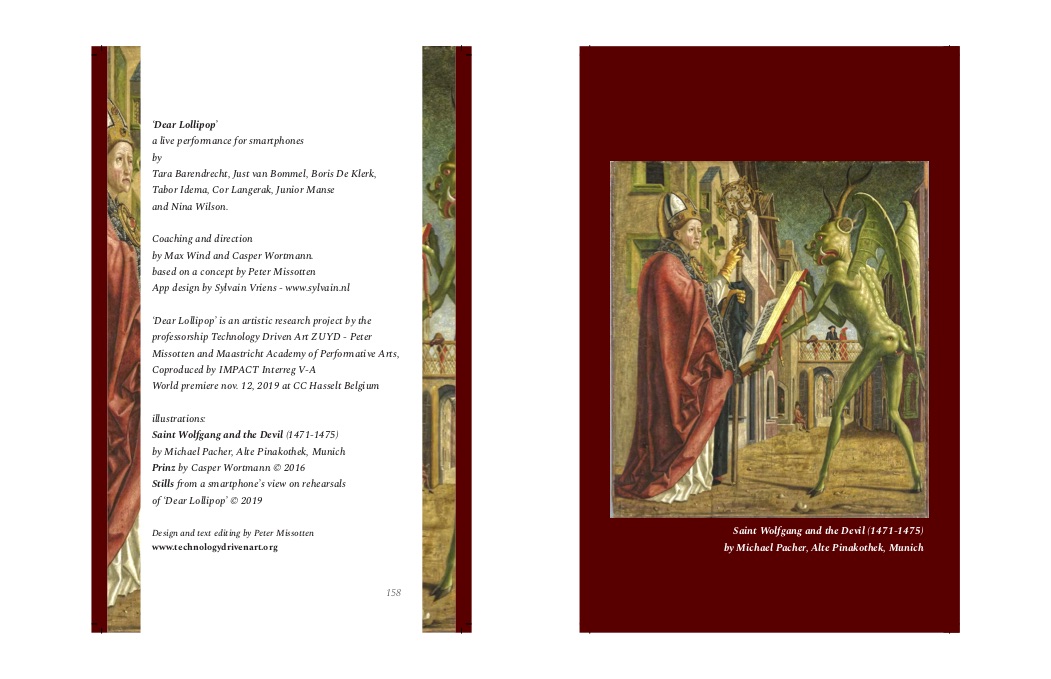

- © 2023 Peter Missotten Contact Me 0


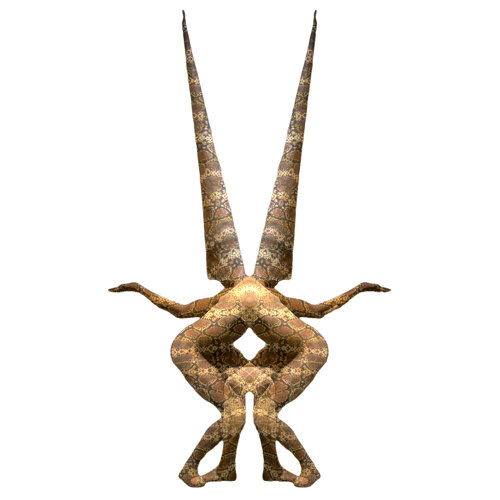
DEAR LOLLIPOP
a performance for an audience of smartphones
(text by Casper Wortmann)
In the autumn of 2019 something unique happened in a theatre in Hasselt, Belgium.
Seven human performers provided a theatrical experience that met all expectations a theatrical experience could meet. As always, the performers were filled with nerves. As always, they tried their hardest to create an experience worthwhile. As always they got exhausted, they ran, they fell, they got angry at each other, they sometimes felt like they were in the moment, or like they conveyed an important message.
Sometimes they just thought things like what am I doing here, why did I decide to do this. Whereas the performers did everything in their power to create a performance like any other performance, their audience was anything but any other audience: the seats in the auditorium were filled with an audience made entirely out of smartphones.
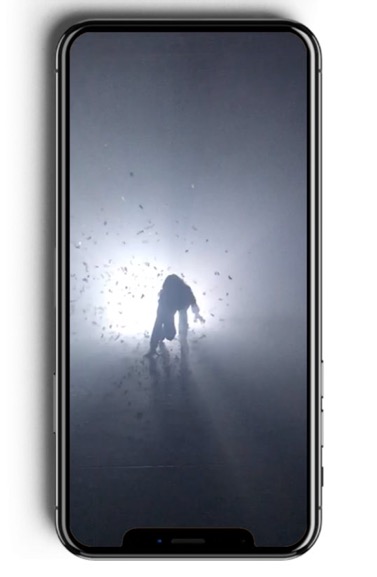
These smartphones did not get into these seats all by themselves. Prior to the show the humans who own them (let’s call them the human audience) were asked to install an app: Dear Lollipop. With this app, the phones were able to see the entire show all by themselves. While watching the show, each phone created an individual opinion about what it saw. At times it recorded what was happening, and at times it dozed off. As such, this smartphone audience is just like a regular human audience.
Right after the human audience had placed their phone in a seat, they were asked to go to a different space, a waiting room. In there, all humans had to wait together for their phones to finish watching the performance. On a livestream they could see their phones sitting in their seats, to make sure they were fine. The phones were just sitting there, watching, without being touched.
Meanwhile, the humans were just bound together without even a phone to distract their attention to and - now that they have gotten rid of their phones - might even felt like getting to know one another. After all, isn’t that what theatre is for?
After an hour of waiting the humans could retrieve their phones from the auditorium. The smartphones will enthusiastically (or not…) tell the human audience everything (or at least something…) about their first ever theatre experience. For 14 days the phone will reminisce about the performance. The smartphones will provide their humans with a solid, unique opinion about the piece. They will show different videoclips of what they remembered, have highly individual comments on it, and share some related topics to think on. However after 14 days all this will just vanish from their screens, into oblivion. Waiting for a next performance.
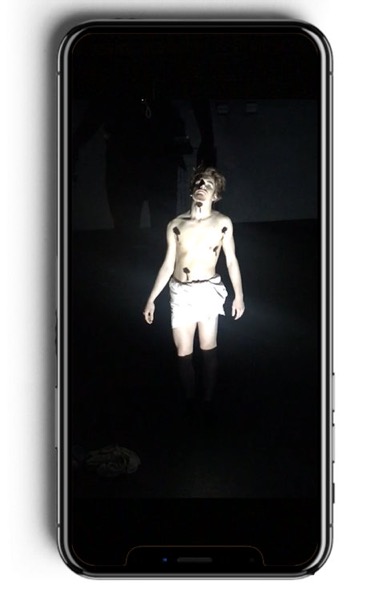
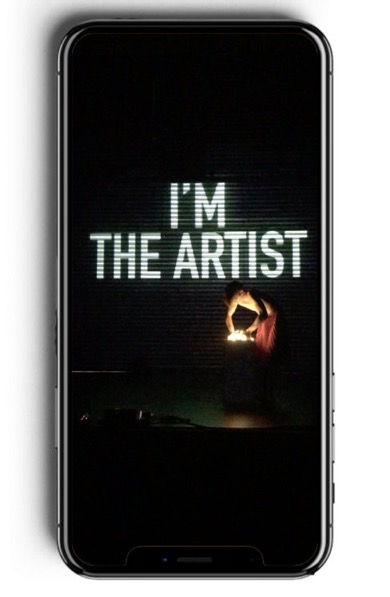
DEAR LOLLIPOP addresses the place our smartphones take in our lives. The role of technology is changing the way we live, and the way in which we are connected to each other. It even changes the way in which we are just waiting in a room. Every day we are surrounded by an avalanche of technological progress. DEAR LOLLIPOP raises the question what it feels like to be gathered in a space without these technological ingenuities to hang on to. And it questions how smart and unique a Smartphone has become. Is it catching up on their owners?
The start of DEAR LOLLIPOP emerged from the idea that as an artist, technological progress is not something to hide from, but to assess. We have no idea what the future looks like, but what happens if we take technological progress as serious as possible? If you consider the rapidity of the development of smartphones, the possibility that they could watch theatre is not that far fetched. 10 years ago, the idea that a phone would unlock itself solely on seeing our face seemed impossible. Why would a theatrical experience for phones be such a ridiculous idea?
DEAR LOLLIPOP - by the way, ‘Lollipop’ is the code name for the Android operating system 5.0 - was conceived and performed long before the lockdown due to Covid-19. In this era of social distancing, we longed for a tactile, human contact. Meanwhile, we’ve been caressing our digital appliances more than ever before. Somehow, reality has kept up with ‘Dear Lollipop’.
There is a mythical aspect surrounding this concept of a live performance for smartphones. Whereas the phones see everything, no human is allowed to see the show. They will see a glimpse through their phones, a sneak peak into the pleasure (or horror?) their phone experienced in the auditorium. Therefore the show creates the ultimate exclusivity: the exclusion of humans whatsoever. This exclusivity creates a buzz between the humans in the waiting room, a hyped feeling of wanting to see what their phones could see. However, this also evokes an internal dilemma: a feeling of internal inferiority towards the devices we so tenderly take care of in our everyday lives. Providing our phones with the exclusivity to watch over our private pictures seems reasonable, but handing it over the exclusivity to art seems a whole other matter. That way, waiting for your phone to finish doing a job that’s usually set aside for you can feel like a pleasantly disturbing experience.
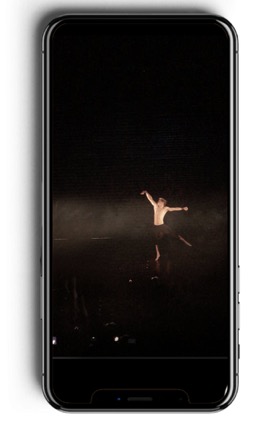
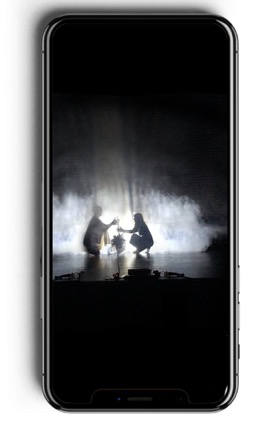
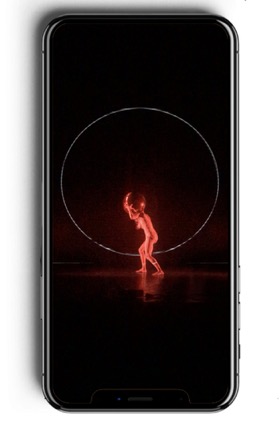
DEAR LOLLIPOP is performed live by 7 performers. It provides an insight into our human fragility in a show especially suited for a digital audience with little theatre experience.
DEAR LOLLIPOP is made by
Peter Missotten, Max Wind and Casper Wortmann
App design by
Sylvain Vriens
Live Performance created by
Tara Barendrecht, Just van Bommel, Boris De Klerk, Tabor Idema, Cor Langerak, Junior Manse and Nina Wilson.
(Original cast, subject to change)
Performed for
A maximum of 60 members of a human audience.
A maximum of 60 smartphones.
The Dear Lollipop app is compatible with all modern smartphones with iOS 10.0 or up (Apple), and Google Android 5.0 and up. In practice, this comes down to the fact that all of the 240+ smartphones who visited the performance in November 2019 were able to watch and appreciate the show just fine.
Made in cooperation with
Technology Driven Art at Zuyd University and IMPACT LAB / CCHA Hasselt Belgium
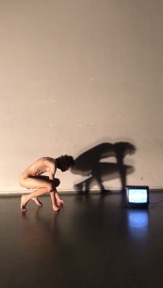
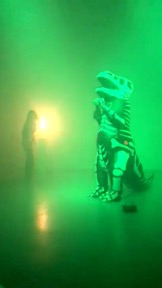
As part of the artistic research, Max Wind wrote a book 'On the Artistic Taste of Artificial Intelligence'.
Visitors to the live performance get a copy for free.